Body Composition And Anti Aging
Jumping on to the scale, your weight is all about your fat, your bones, your organs, your skeletal muscle, blood, and water – all combined – and they all vary from one person to the next. Your skeletal muscle ranges between 30-50% of your total weight. Fat will probably be less than 10% if you are very lean but it can be as much as 50% if you are obese. Your brain weighs in too at a couple of pounds and your bones will be about 15% of your body weight. Then there’s still your skin and your blood and so on and so on. Your body composition is about the fat on your body and everything that isn’t fat. What isn’t fat is usually called FFM or fat-free mass. If you lose weight but your FFM stays the same, it means you’ve lost fat, but not muscle. But if you were to restrict your calories, do a lot of cardio exercises and then eat a little bit of protein, you are going to lose weight, but it will be both fat and fat-free mass. This is how people end up with kind of a skinny-fat body. When you do put on weight, generally the idea is to gain muscle, definitely not fat. But anyway, you do have to gain a bit of fat if you want to get the best out of muscle growth. However, if your fat mass is rising faster than your fat-free mass, it means you are eating too much. For you to realize and know this, you have to keep tabs on your body composition.
There are great benefits that go along with improving your body composition and one of them is looking good – that is non-negotiable. But really, bottom line, it goes beyond that. When you start improving your body composition, you benefit big time, you kind of defy aging, you lose weight and you experience overall better health.
But how do you reach your target body composition – how do you bring yourself closer to those goals?
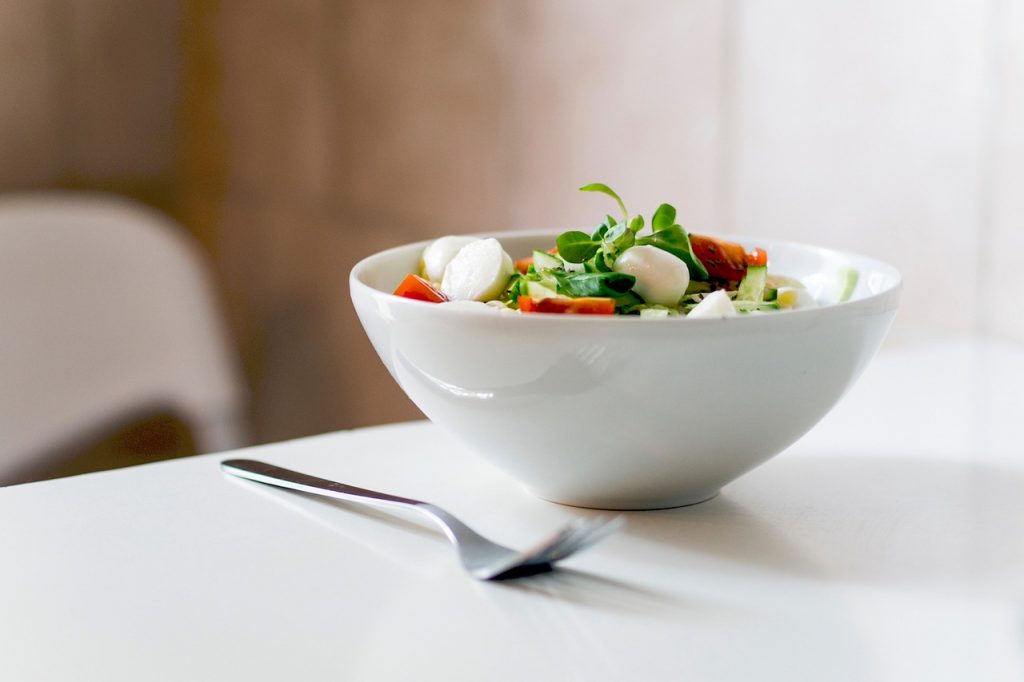
It’s really not that difficult – it’s all about good nutrition and fitness. The benefits of improving your body composition go beyond looking good. Everybody has different dreams about their bodies. Some want to look like incredible hunks while others yearn to look like the models you see in magazines –people with long, lean, toned, tanned bodies. Men want a good chest, they want the abs, they want their back to be muscled and toned along with their shoulders. The women often want to make their abs and their hips their top priority.

Improving your physique is an excellent motivation, but you need to actually look past all the beautiful and aesthetic benefits that body composition brings and look at the bigger picture. You need to think of your body as a wonderful machine – making sure that each and every screw, bolt, and component is in top working order and in top shape. Failing to keep every part of your body in shape will eventually catch up. In fact, just five days of not using any of your muscles can lead to quite a substantial loss of your strength and skeletal muscle mass. That might sound a bit extreme, but the risks of you leading a sedentary type lifestyle and neglecting your muscles are many. Muscle neglect has become so neglected today that it’s actually created a whole new field of scientific research.
Why do you need to focus on setting body composition goals rather than just losing bodily weight?
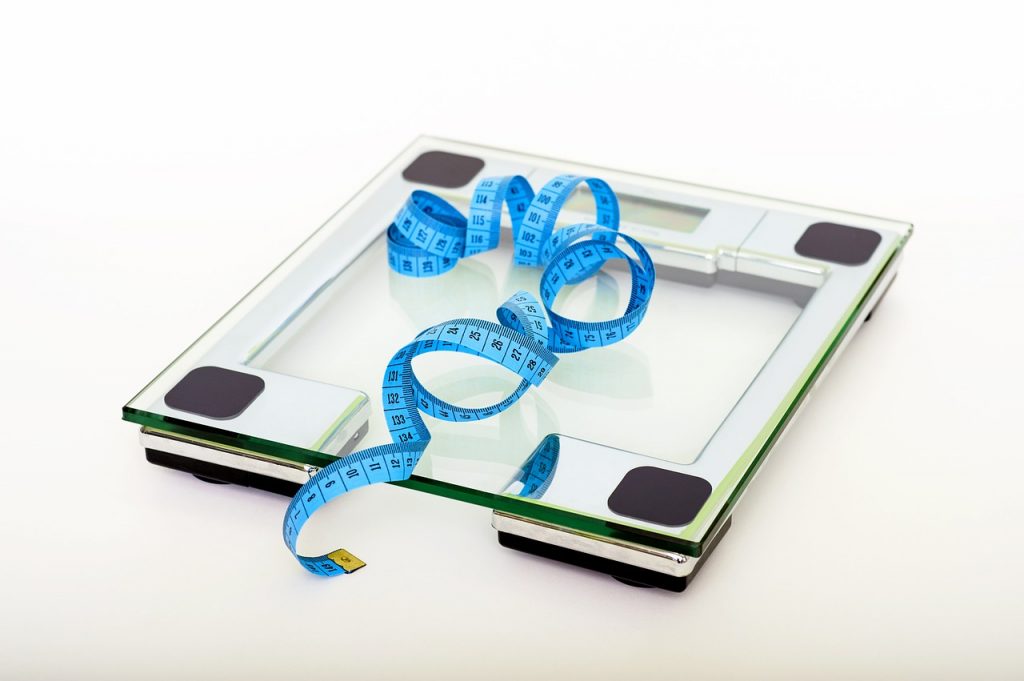
People often wonder why there is so much talk about body composition goals when all you really have to do is to focus on just getting rid of some weight, right? But no; because as we get older, our muscle and fat changes. Say for instance you want to rid yourself of 50 pounds of weight. But what if a quarter or half of that weight coming off ended up by you losing muscle mass? If you hear anybody talking about going on a diet to lose weight, you can be sure that he or she are talking about losing body fat; not muscle mass. Many don’t believe or even understand that whilst they are losing weight, they can lose muscle mass too. If your aim is to lose weight alone, you probably will end up looking thinner, but it won’t mean that you are healthier. Not only that, you probably won’t even have enough stamina and strength to endure on the mental and physical front either.
So what must you do?
To be healthy and more physically and mentally fit, you need to start focusing on the long-term loss of fat from your body, but building and maintaining lean muscle mass. Look at different types of body compositions:
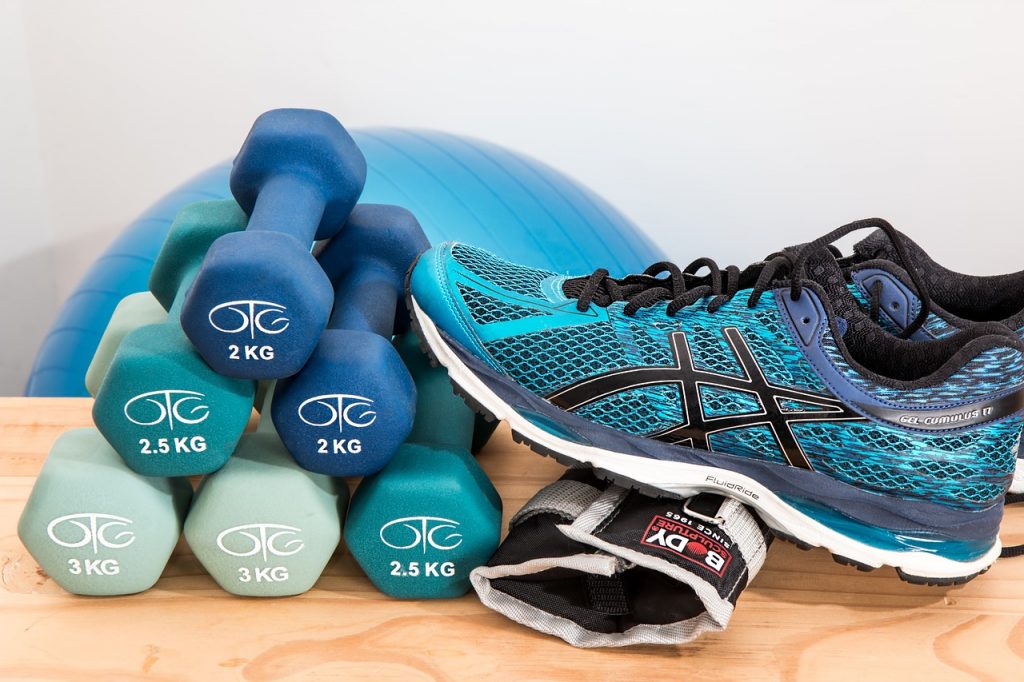
- Obese men and women
Usually, women and men who fall into the category of obese are likely to have round body shapes. They will show excess fat in their entire body – you will notice it mostly in the abdomen area, the thighs, and the hips. Men will show up with protruding bellies and for women, their hips and thighs are weighty. In order to start losing the body fat, obese men and women need to straight away start consuming less processed foods; they need to reduce their calorie intake. They can experiment with various diets and plans to partake in regular activities. Obese adults can improve their body composition by doing the following:
- Reducing their daily calorie intake by around 500-1000 calories
- Consuming a low-fat, high protein diet
- Do aerobic training 3 to 5 times a week, plus resistance exercises 2 days a week.
- Overweight men and women
You can already start losing bone density by the time your 30s come around. Not only that, you accelerate the process of losing bone density if your skeletal muscle mass is under-developed. The health of your bones and your muscles are very tightly linked. Research has discovered that people who have less muscle mass than the norm for their height; tend to have bones that are thinner and narrower. This results in them having less bending strength. As a result, they are at risk of falling with increased impaired balance. Patients who have hip fractures appear to have a higher prevalence of muscle wasting and reduced leg muscle mass. All the above complications above can have lifelong results. It’s so serious that in another study it has been noted that women over 65 who have low muscle mass, 50% of them will never walk again. Ouch! If you are overweight, you need to follow the program in the ‘obese’ category. Circuit training is very effective for improving body composition. It means you gain muscle mass but lose fat at the same time.

- Average fitness men and women
Women and men in this group will have some muscular definition, but they have a kind of softer look about them. Off-season athletes usually are in this category. These groups tend to have quite high energy levels and are in good health, even looking quite good in tight fitting clothes which help their self-esteem. These people need to build habits that lean towards gaining lean body mass. They need to focus more on eating less of the processed carbs and concentrating on higher protein intake after their resistance training sessions.
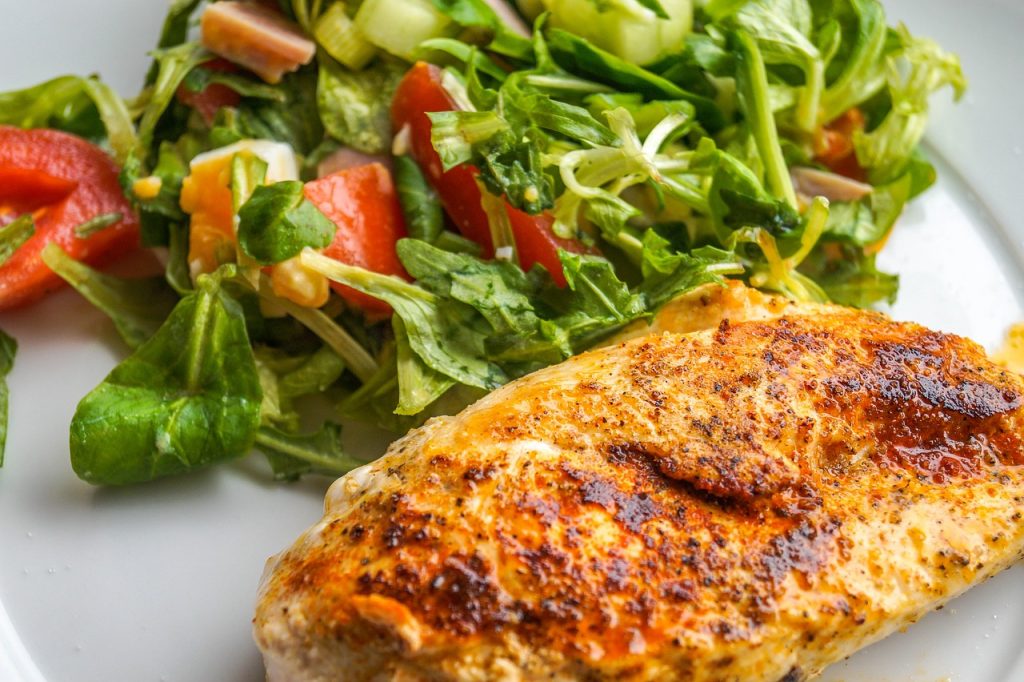
- Athletic fitness men and women
Men and women in this category have good bodies, usually; beach body looks, being lean and muscular. You won’t be able to pinch much fat on them and they show muscles in their abs, arms, and shoulders. Professional athletes are to be found in this category, particularly the athletes that move around a lot like the soccer players. These kinds of people usually enjoy good health and usually, they stick to diets that work for them. If these fitness people want to improve even more on their body composition, they could consider making use of fitness and nutrition coaches to keep within their body composition range consistently.
- Exceptionally fit men and women
Men and woman in this category are usually bodybuilders or fitness models. There is hardly any fat on their bodies. Their diets usually consist of whole foods and they usually also have excellent energy levels. This type of body composition, however, is difficult to maintain all the time and followers need to commit to their strict eating and exercise regimes. Sometimes these people might even shun social gatherings so as not to eat and women can end up having fertility issues.
What about you?
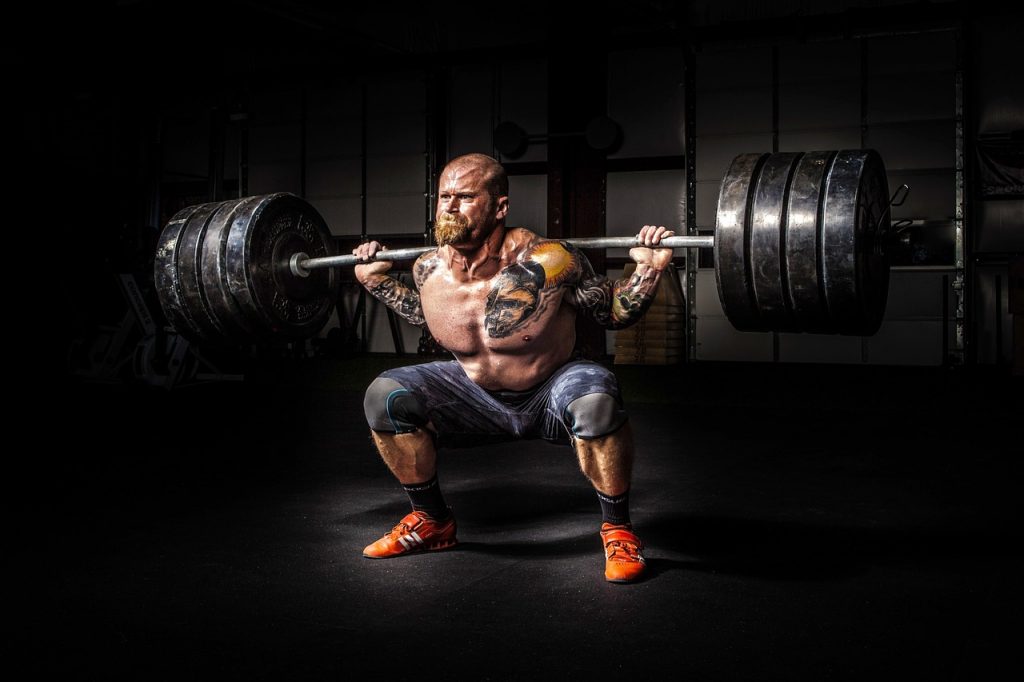
What is the ideal body composition that we should be shooting for to look good and to stave off illness and aging? It is the amount of time that you are willing to devote to getting into the right body fat percentage group. Sticking to your body composition goals involves heaps of self-discipline and persistence and you need to know what you are getting into. If you want to look like a bodybuilder all the time, then you will have to center on all the right activities and eating styles around that, and for some people that is ok; others won’t consider it. Remember too, that sleep is vital when it comes to making changes to your body composition. When you don’t get enough sleep, it interferes with your eating levels, promoting the cortisol hormone that actually discourages muscle growth.
Anti-aging is all about muscles
- We have all heard how much good consuming antioxidants do for our health. They have been around for many years as being a vital part of anybody’s anti-aging plan. Look at carotenoids and flavonoids for example. Carotenoids and flavonoids have long been associated with the prevention of cancer and for reducing premature aging of the skin. Press the fast-forward buttons to today – new studies indicate that healthy and strong muscle mass is what is giving antioxidants a run for their money. Research reveals that decline in muscle mass – your strength – is not really a part of aging, so to speak, but more from the results of chronic diseases. Although people do lose muscle as they age, it’s not really because they are simply getting older, but because as they get older, they become more inactive. That’s the real culprit why people lose muscle loss. You can’t do much about aging, but you sure can do something about your inactivity. Look at post-menopausal women for instance. When they consistently participate in resistance training, they have increased muscle strength, improving by as much as 20% in a year. Researchers believe it’s because they have increased bone mineral density (BMD) which is responsible for defending them against brittle bones; another symptom of aging. The strength of your muscles can definitely be greatly improved when you participate in resistance training.
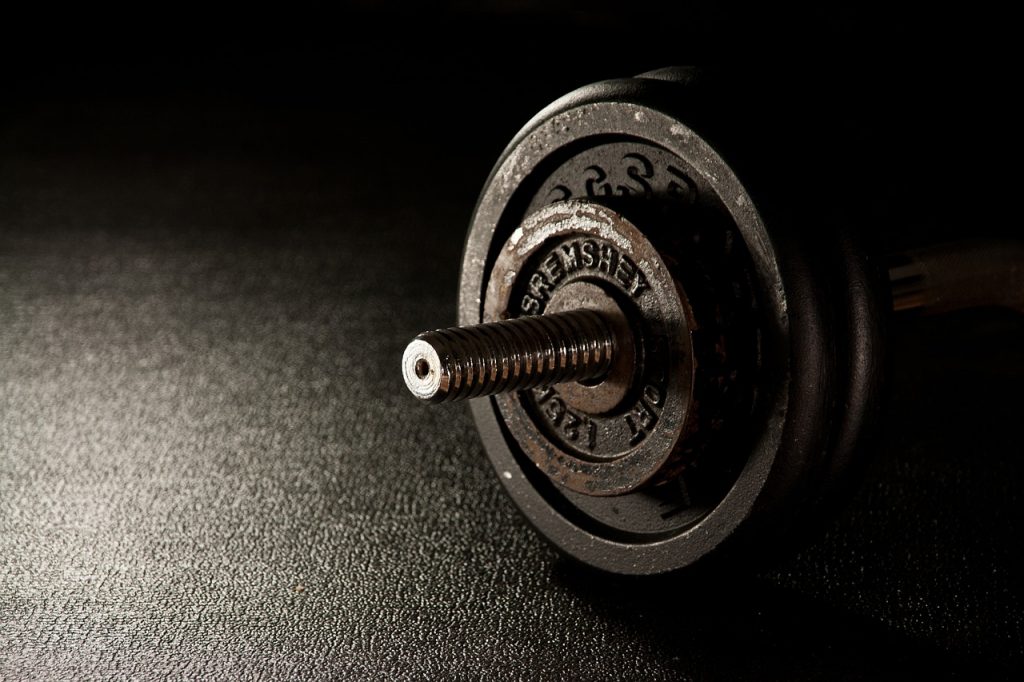
- Physical aging can be slowed down when you involve yourself with physical exercises and activities regularly, particularly those exercises that keep your muscles from ‘believing’ they do not have a purpose anymore. You might be inquisitive about which exercises are required to get the benefits. To do that, let’s look at telomeres. These are the caps found at each DNA strand which protects our chromosomes – kind of like those little plastic tips you see at the end of your shoelaces. If those weren’t there the shoelaces would become all frayed and old looking, not really functioning properly at their best anymore. It is just so with telomeres. If telomeres weren’t there, the DNA strands would become damaged and your cells wouldn’t be able to do their job properly. When the telomeres are shortened, you age, period. Cells with shortened telomeres become unable to function and they secrete hormones that set the inflammation process going and the start of tumors. Telomere shortening is associated directly with aging. But like your muscle wastage, you can also do something about telomere shortening.
- People who do their exercises regularly end up with longer telomeres and we can all achieve these benefits. It is not necessary to spend your whole day sweating it out at the gym – just moderate exercise is effective. It’s more about keeping your muscles on the move, – maintaining muscle mass and your heart pumping – that’s the key.
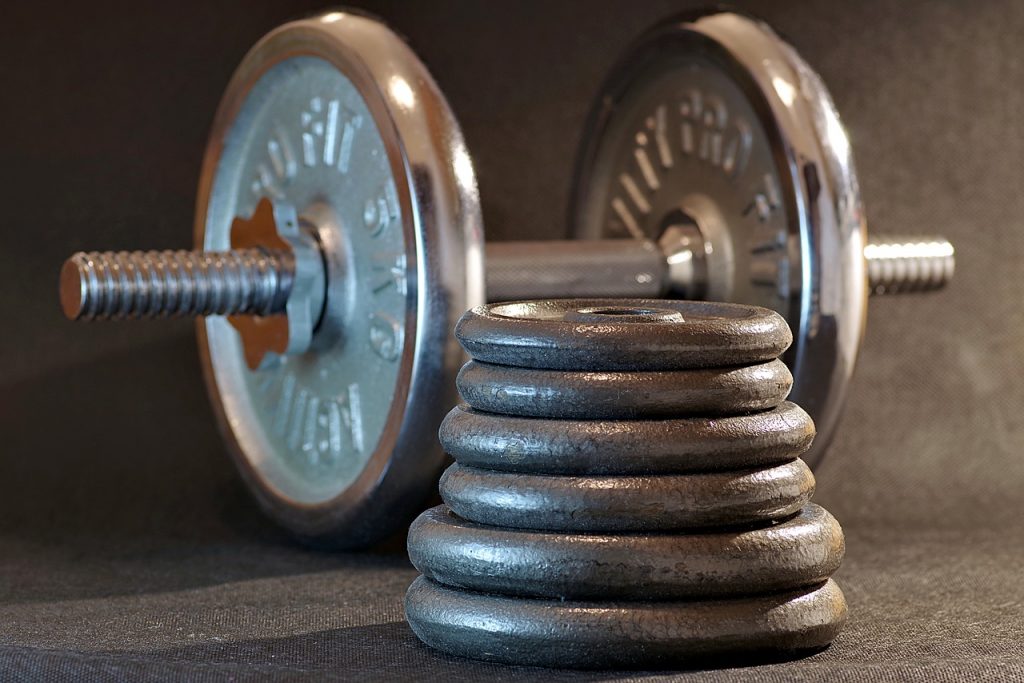
- Not only will you be delaying shortening of your telomeres, but you will be maintaining muscle mass as you get older. You already lower your risk of insulin resistance and you lower your risk of death by 46% if you are over 65. Isn’t that good news?
- Many older people just rely on their cardio-based workouts like running. They leave out exercises that build and maintain their muscle mass. Of course, cardio has benefits, but bear in mind that the greatest benefits are often gained by going out of your comfort zone and strength training has no age limits. Doing strength training just twice a week is really all you need. Then as you get strong and your routine becomes less challenging, you can move to add some free weight training or some resistance training – you can do this at the gym or by purchasing kettlebells for example.
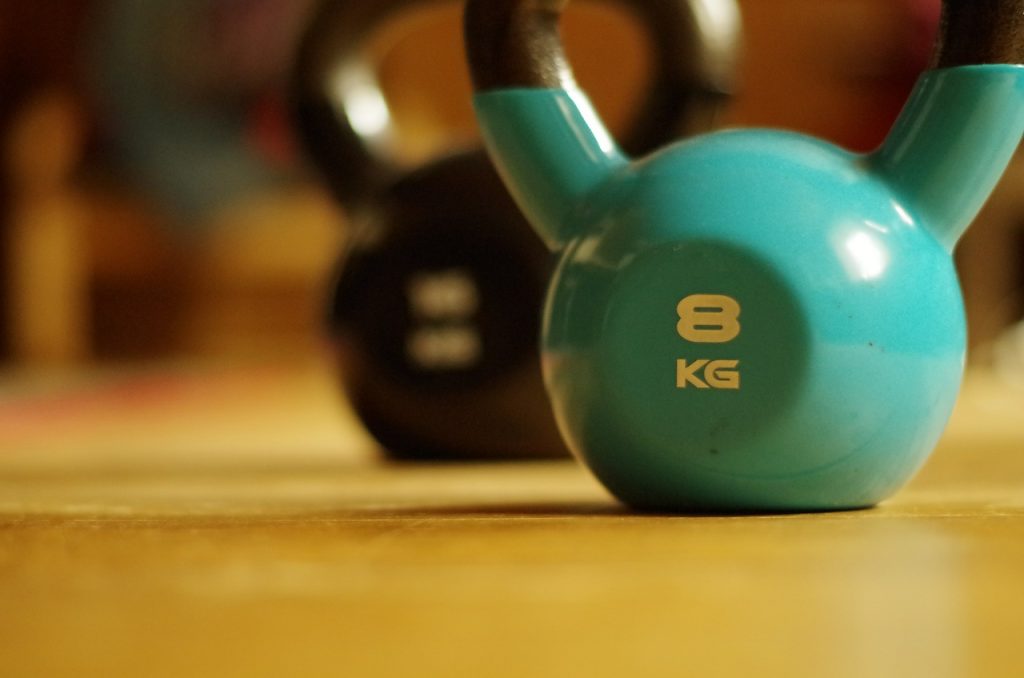
- You do not have to resign yourself to becoming slower and weaker as you get older. If you really want to know how to look and feel younger, then it’s time to rethink your relationship between you and your muscles.
Lean and mean muscles for golden years
Before working on your body composition, you need to know exactly where you are at. That will mean getting your self-tested. When you have the results in hand, you will be able to them the right goals for yourself and also create the right habits that will help you achieve lasting body composition results to enjoy the process called Life.
Many of us assume that when we have little fat, we are healthy. But being thin does not reduce your health risk. When someone says you are thin, it means you weigh less than the recommended value for your weight and height. However, being lean refers to your look which consists of your bone, muscle, and fat – the body composition of your body weight. Being lean intrinsically means you have greater muscle mass development than thin people.
A healthy body composition increases your lifespan; it reduces the risk of heart disease, cancer, diabetes, insulin resistance, and fantastic news – gives you greater energy levels as you age, improving your self-esteem. You can expect early mortality with many diseases and if you have low body fat, you are prone to weak muscles, bone density loss, low testosterone levels, you are prone to be frail, to suffer from osteoporosis, to have no strength and be at higher risk of being hospitalized.

Strengthen your muscles away from the gym as well:

For great body compositions and to strengthen your muscles, it is imperative also that you consume proper nutrition, otherwise what you do at the gym won’t really impact at all on your body composition. Your bones require plenty of vitamin D and calcium, but your muscles need plenty of protein to keep them healthy and strong. Women need about 46 grams of protein a day and mean about 56 grams of protein daily. Around 10-35% of your calories need to come from protein on a daily basis if you want to stay lean. Protein builds muscle and strong healthy muscle burns fat.
To sources of protein:
Lean meats: Stick to pork, chicken and the lean cuts of red meat.
Fish is an excellent source of protein, particularly salmon. Not only are your muscles strengthened but your bones too.
Greek yogurt: Taking Greek Yogurt regularly gives you plenty of protein. There are around 24 grams of protein in just one cup of plain Greek yogurt. Keep the calories low by topping your yogurt with delicious fresh fruits and nuts for added flavoring.
Eggs: Breakfast isn’t really breakfasting without an egg! Even though you are able to cut the calories by eating only the whites, the yolk is what has all the protein nutrients in.
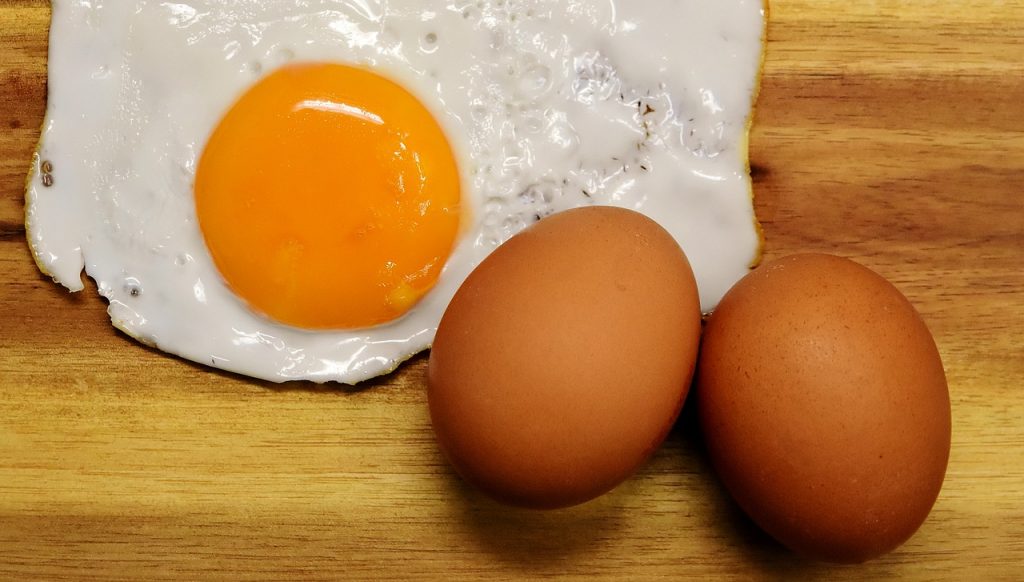
Peanut butter and almond butter are healthy snacks that will keep you on the go, they have plenty of protein.
Don’t wish for it – work at it!
Aging is not about how old you are; it’s about how many years of fun and great health and strong bones and muscle you have experienced. How are your crow’s feet looking? Are your legs, upper arms, and belly flabby? When you take the take the stairs, are you gasping for breath? You might have noticed that everybody who is getting older looks and feels this way. There might well be limitations, but nevertheless, it is very possible to maintain and even to slow down a decline in your physical health into your autumn years. What does it come down to then? It is nothing more than improving on your body composition. Allow your body to tap into this built in anti-aging system; that of your skeletal muscle mass – starting today.





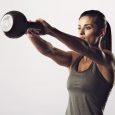
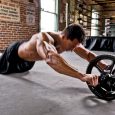

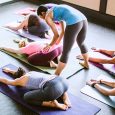
[…] better understand this, we can recall a study in which patients were subjected to brain scans while they were being spoken to. In this study, it was found that telling the patients a story […]